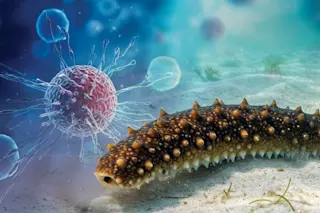Chicago winters are never kind, but for Connie Aguinaldo, a 42- year-old Filipino immigrant, this past winter was especially bitter. Her troubles began when she missed her period. It wasn’t menopause, however, but an unplanned pregnancy. She and her husband had one son, and they had thought about having another child. She accepted God’s gift with gratitude.
But four months into the pregnancy, the bleeding started, and her dreams of maternity became a nightmare. Mrs. Aguinaldo, who worked as an aide in the home of an elderly man, had no insurance. Nonetheless, she had lived in Chicago long enough to know the ropes, so she came to my hospital- -the only one in the city that accepted uninsured patients.
When a patient is miscarrying and is bleeding heavily, the hospital staff performs an ultrasound to check on how far fetal development has progressed. But no developing baby showed up on ...














